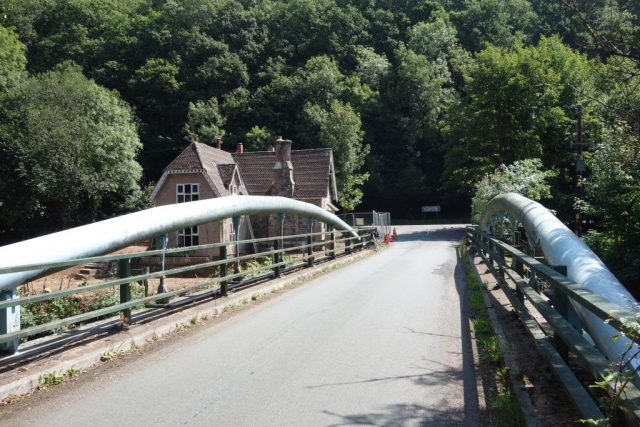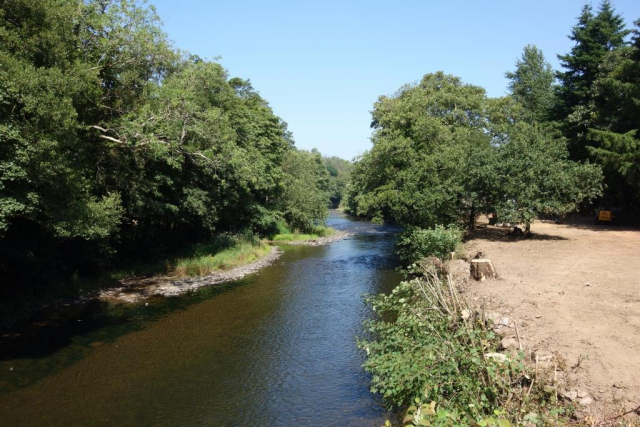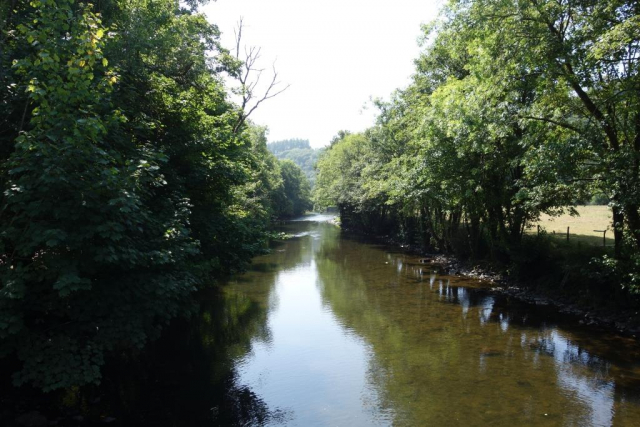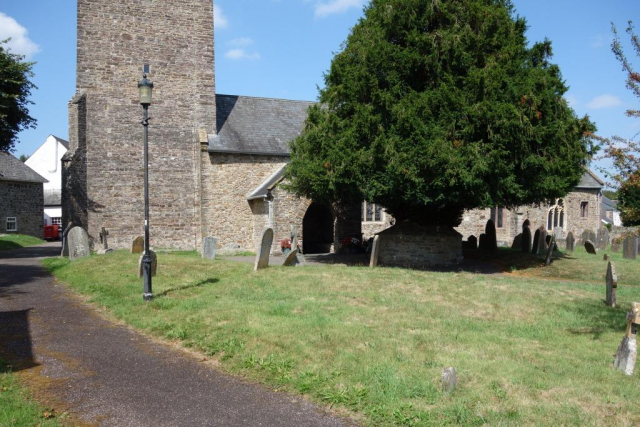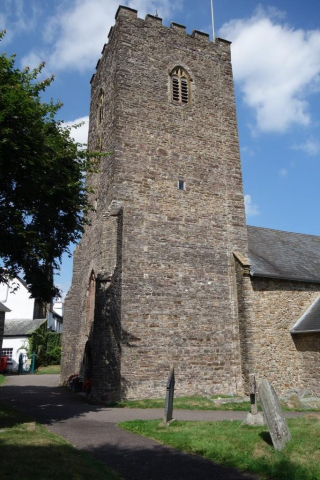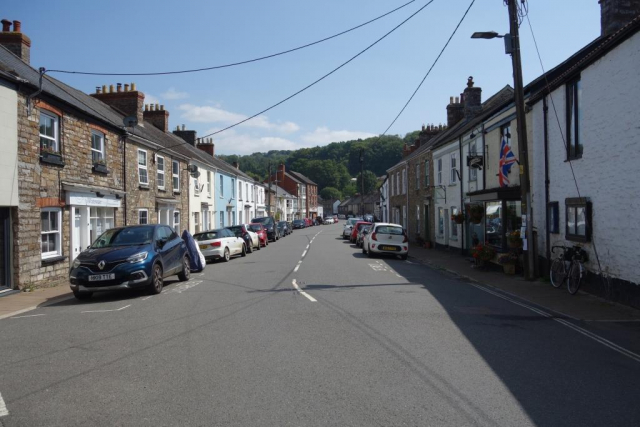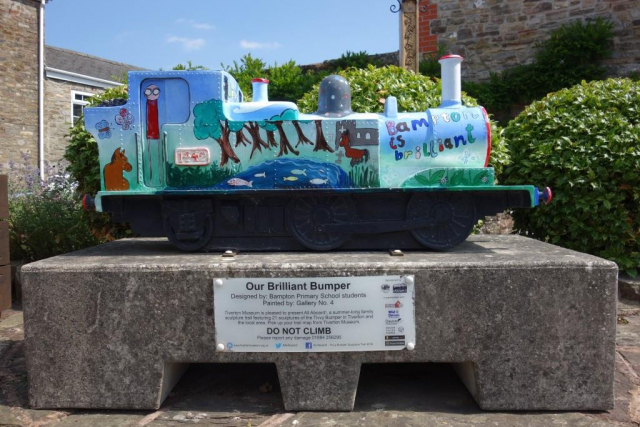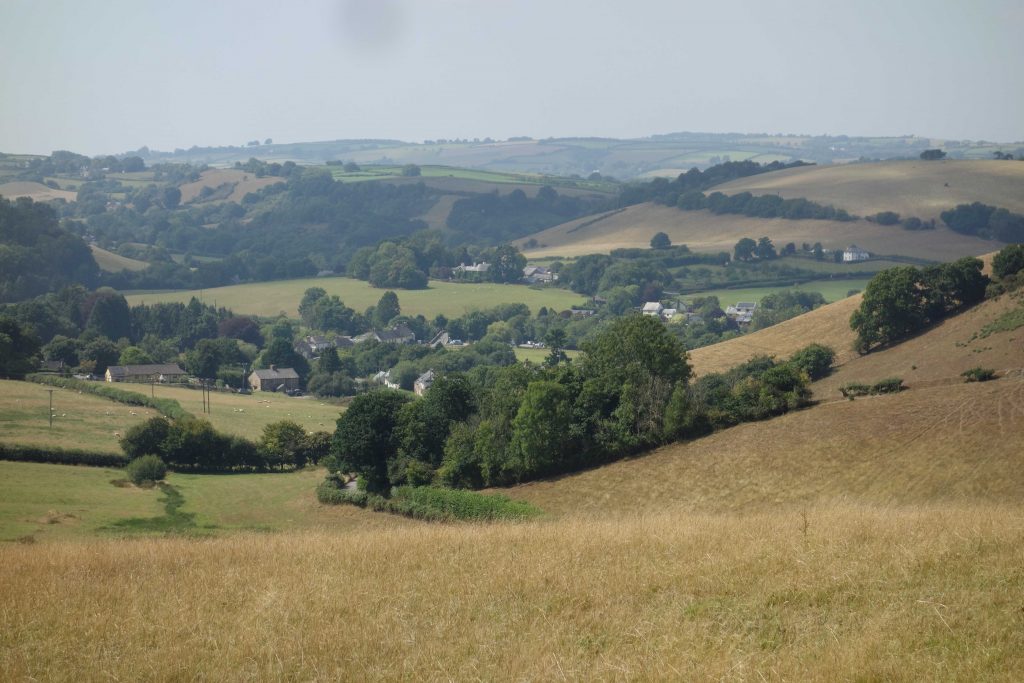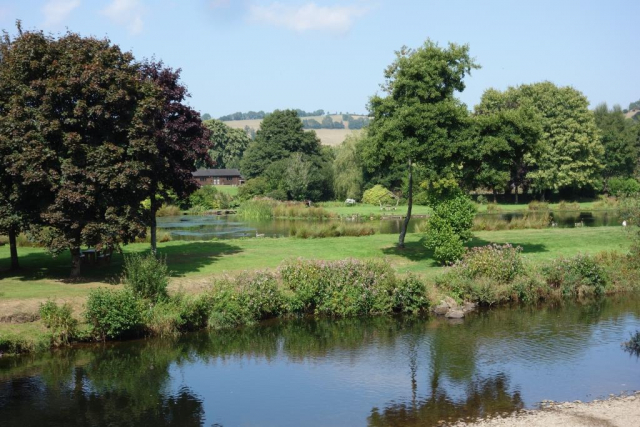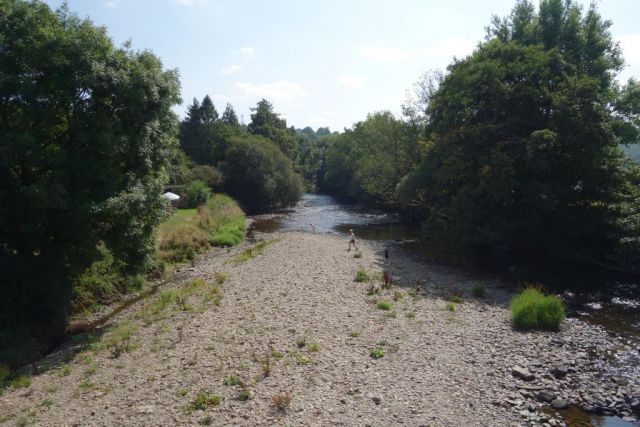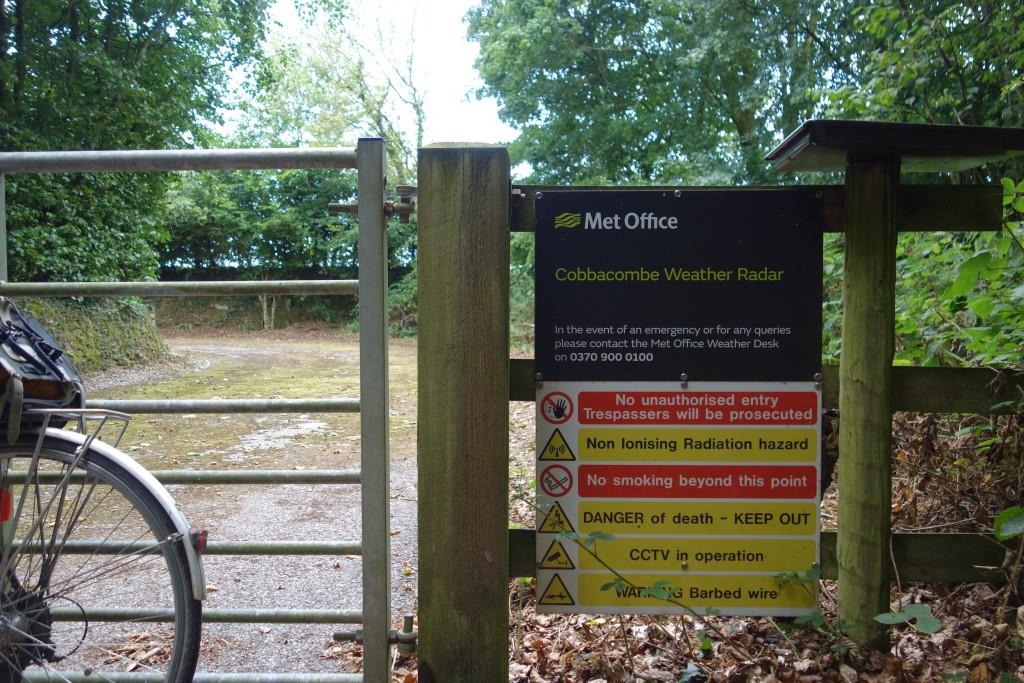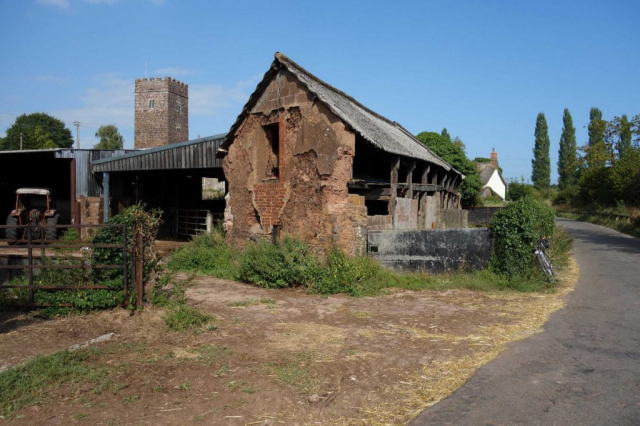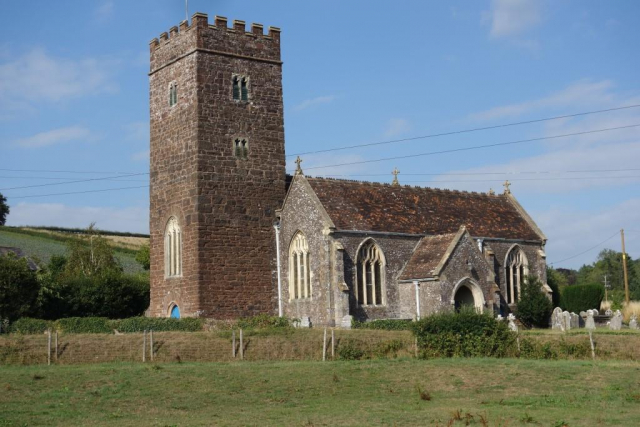There were some gaps on the Exe Valley page and so the scout set off from Exeter to make a start at Bolham, north of Tiverton, continuing to Lodfin Crossing.
He was astonished by the amount of traffic on the turnpike and cast his mind back to the days before the Sunday Trading Act was relaxed. Roads and streets used to be deserted on a Sunday, but after it was decided that worshipping Mammon on only six days a week was insufficient, traffic started to increase and now there is often more than on a weekday, with people choosing to fidget and spend rather than find peace and rest.
At ancient Bickleigh Bridge, a queue of vehicles had developed, which the scout overtook. On the other side, he stopped to observe the madness. Traffic from Exeter was incessant, leaving no opportunity for the vehicle at the front of the queue on the other side to move. Worse, traffic leaving the bridge was slowing because a fire engine and a double decker were having difficulty passing the queue; and there was traffic coming off the Crediton road, which has a junction there. As the scout watched, imagining that a divine hand might intervene, two dark fellows who’d got out of a car in the queue walked forward onto the bridge. One must have gone to stop the traffic for, in no time, the driver at the front of the queue was beckoned by the dark one who’d remained on the bridge.
With this, the scout set off towards Tiverton, knowing that the traffic behind him would only come in waves. Despite the movement that he’d seen, the queue stretched for the best part of two miles towards Tiverton and was continuing to grow. And never more than a hundred yards away was the ruined branch line.
Of course, it has to be admitted that the scout was not observing the sabbath himself. And he remembers never being reluctant to earn time and three-quarters for Sunday work on B.R.
Most of the photos the scout took have been added to the Exe Valley Branch page, but some are reproduced here, along with a few of general interest.
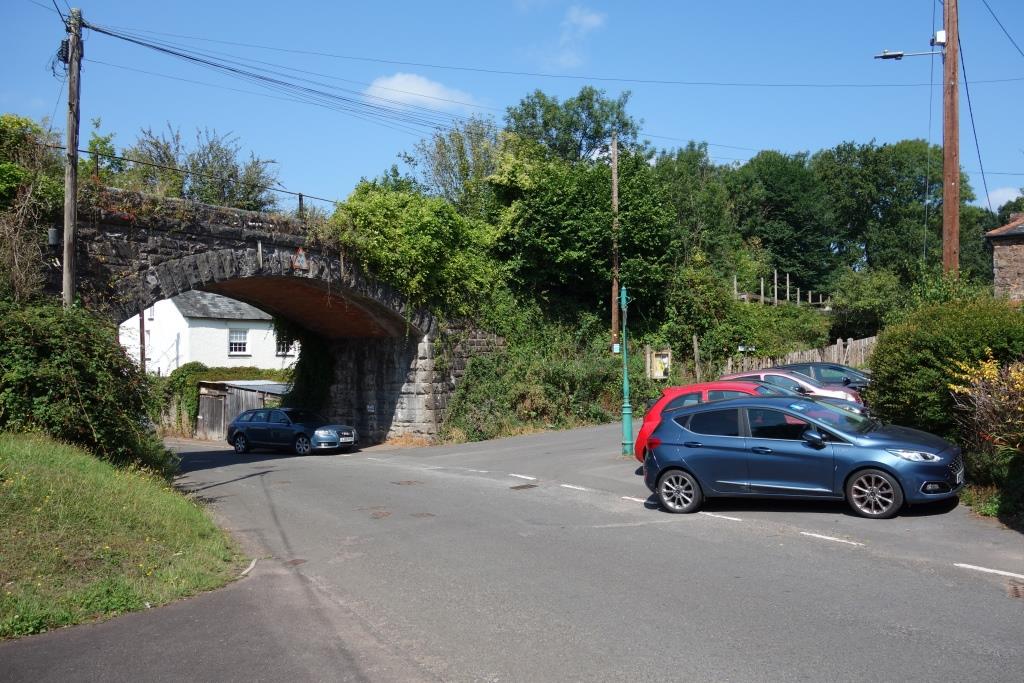
As well as the nearby sprinkling of houses, the National Trust’s Knightshayes Court is under a mile away.
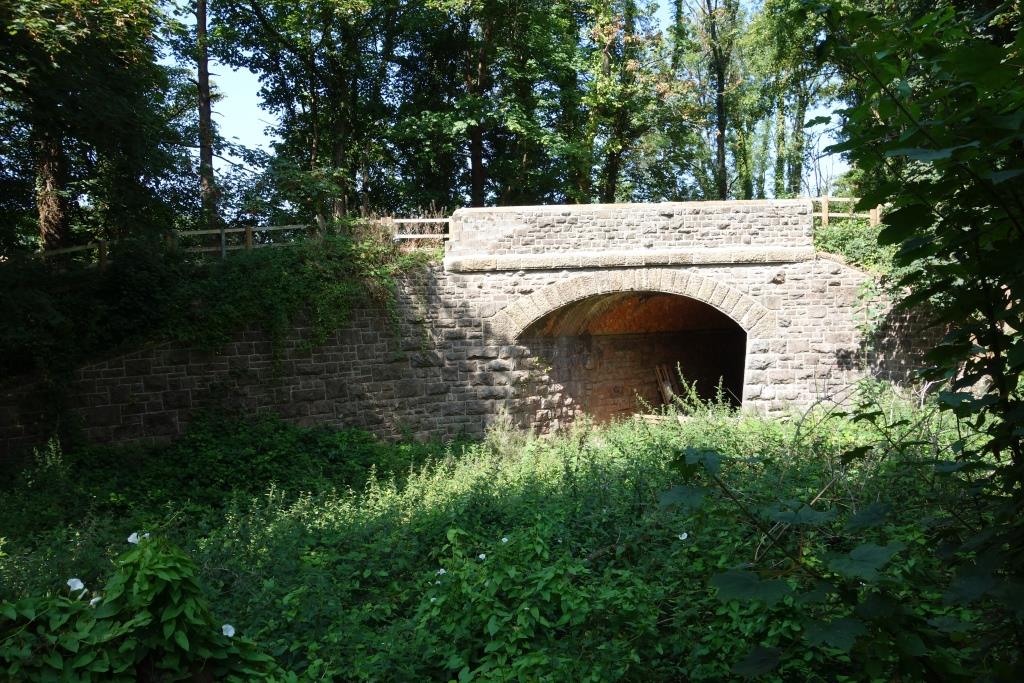
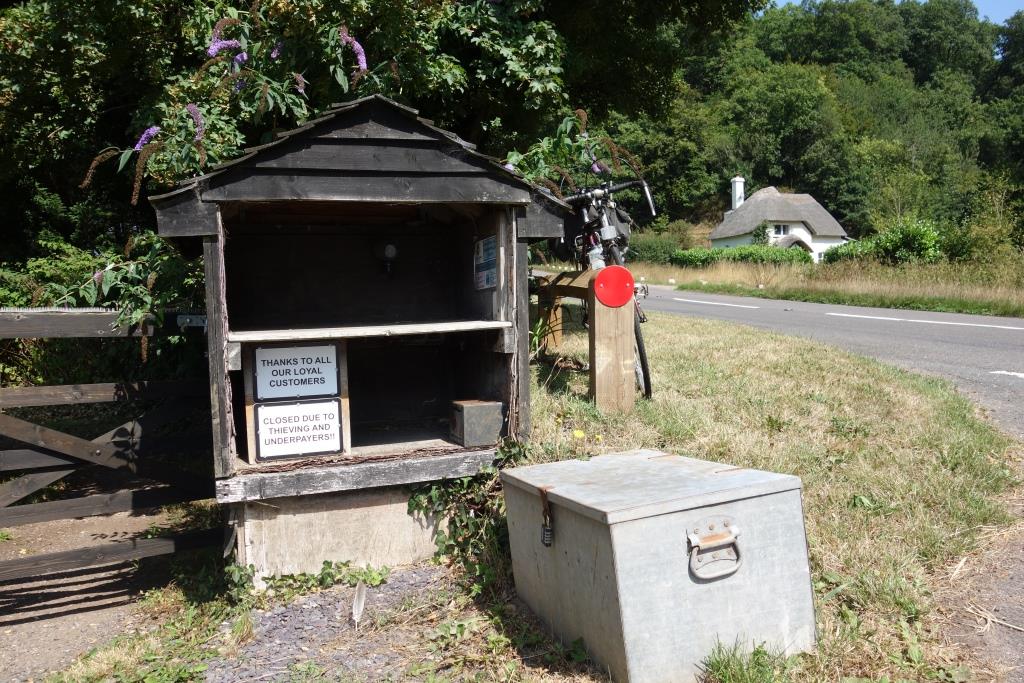
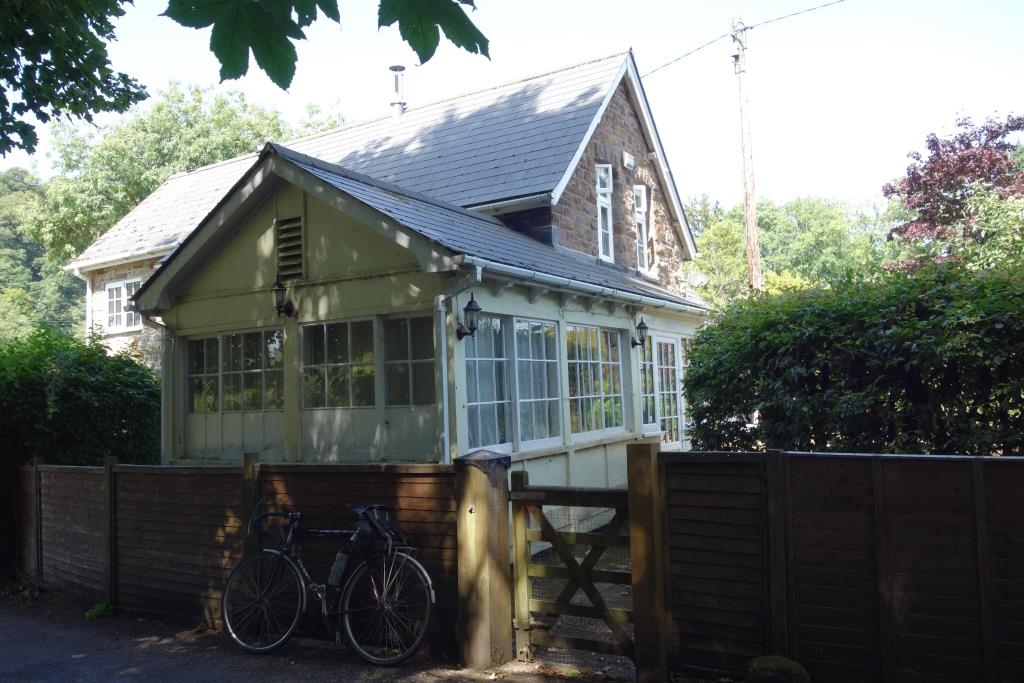
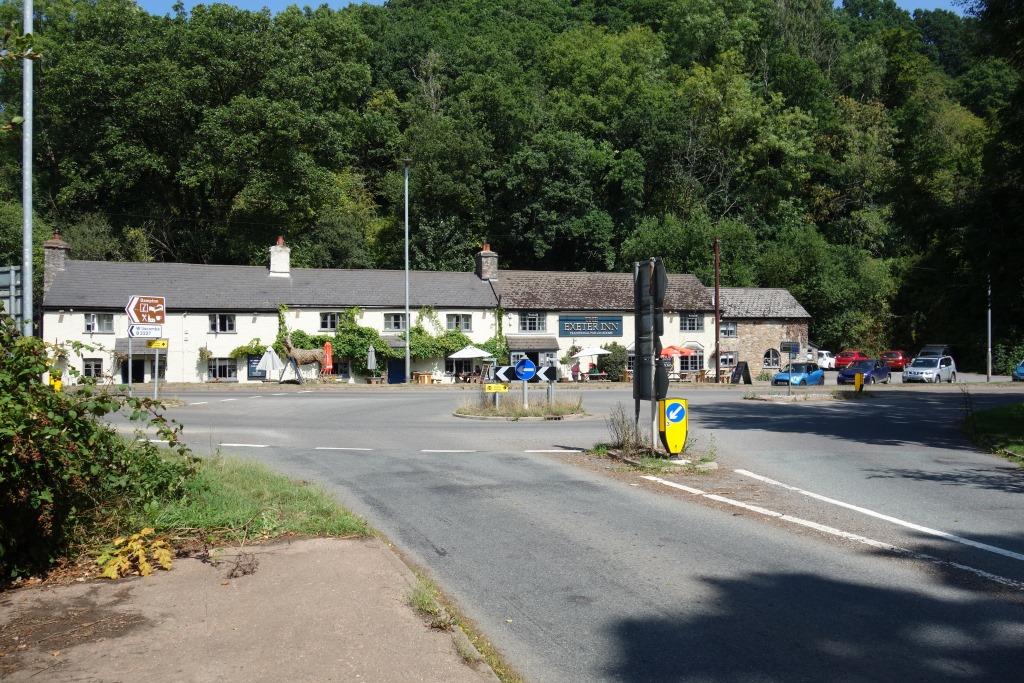
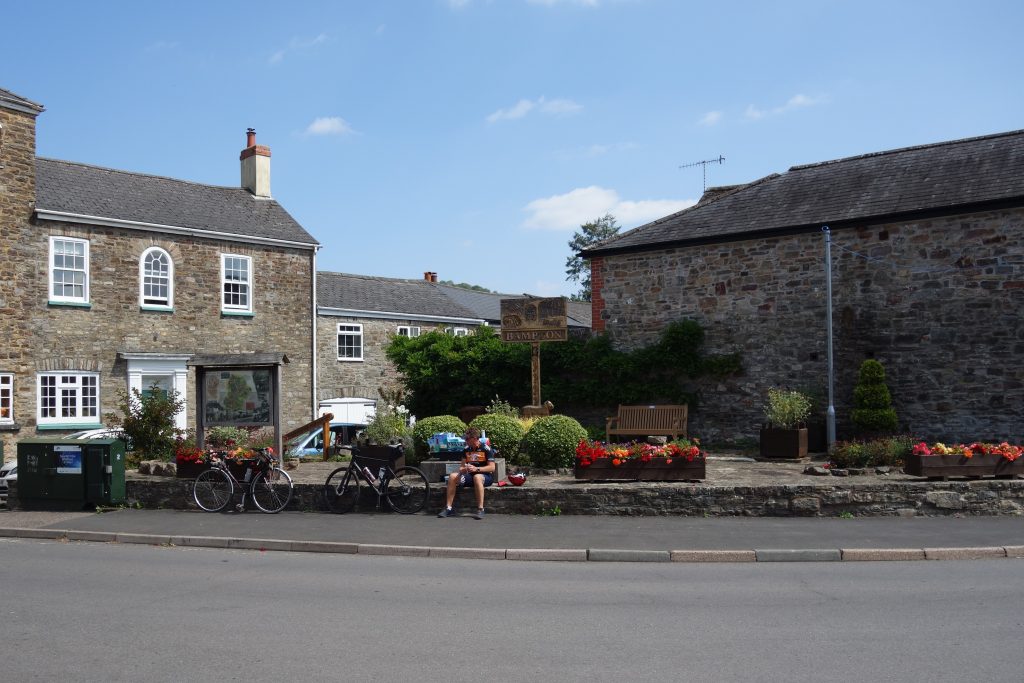
The scout carried on to the former Lodfin Crossing, only half a mile from the junction with the Devon & Somerset.
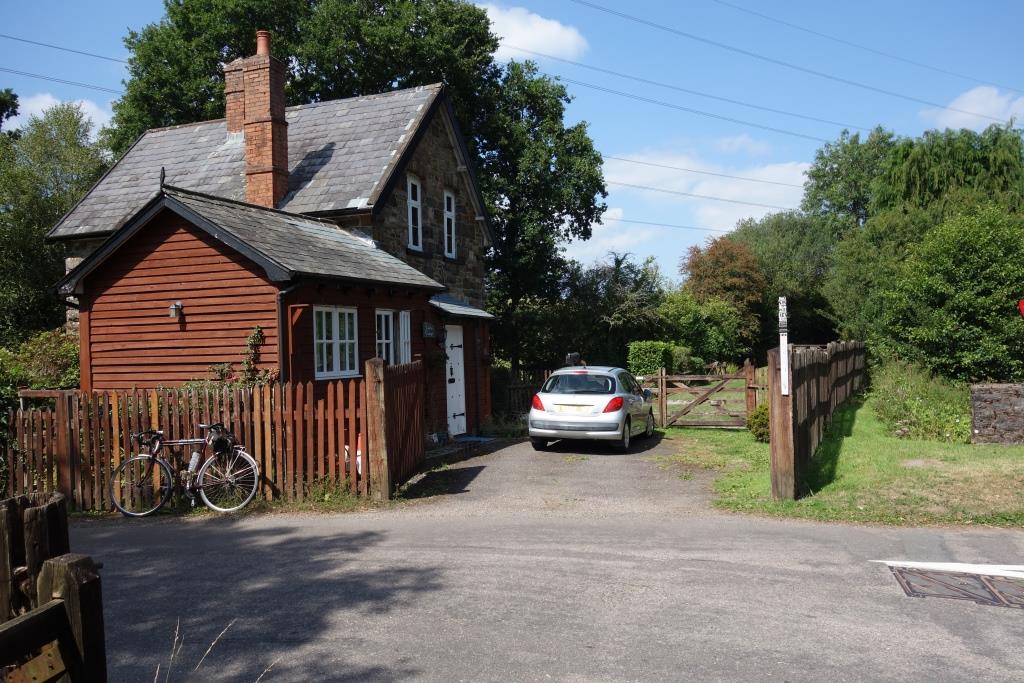
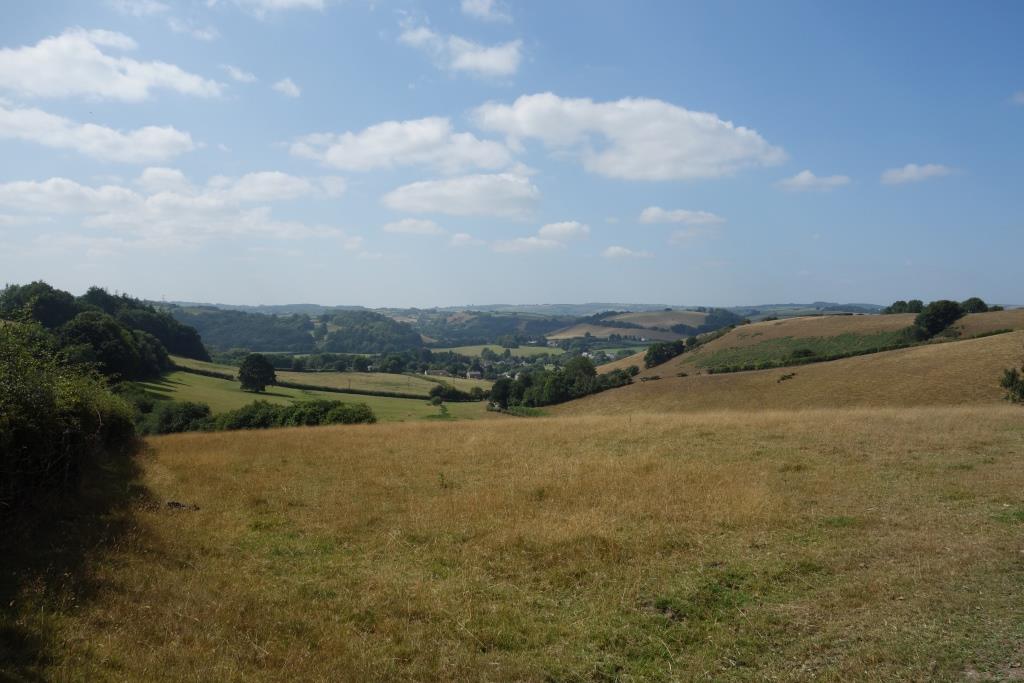
At the old toll house, he went to photograph the bridge on the Devon & Somerset, before riding to the former Dulverton Station.
The scout took Grant’s Hill back to Bampton, which involved a long climb followed immediately by an exhilarating descent. He stopped to buy a cold drink at the other Spar, where a cyclist asked the girl behind the counter for direction, who had the shape of one who did not care for exercise. The scout was able to help. He bought the same Lucozade as the cyclist and continued chatting to him outside.
A long climb up to Bampton Down followed, where the scout was rewarded with quiet lanes, in places giving fabulous views which, in the haze, could only be soaked up by the consciousness. He was at well over 900 feet when he pulled up because he thought he had glimpsed “Met Office” on a sign.
The lane which brought the scout back to a valley was too rough to let go the brakes. He joined the road to Huntsham, which he knew. A little further on is Uplowman Court.
He rode on to Sampford Peverell. As he was pushing his bike up the ramp to today’s “parkway” station, the next Down train was announced as approaching. The 1704 flew the scout back to St. David’s in 14 minutes; a minute was lost at the signal. The door of his carriage stopped by the unmanned barrier and the scout was gone like a long dog. He was at Exe Bridges before the train passed. When he returned to the utilicon, he had ridden 47 miles.

